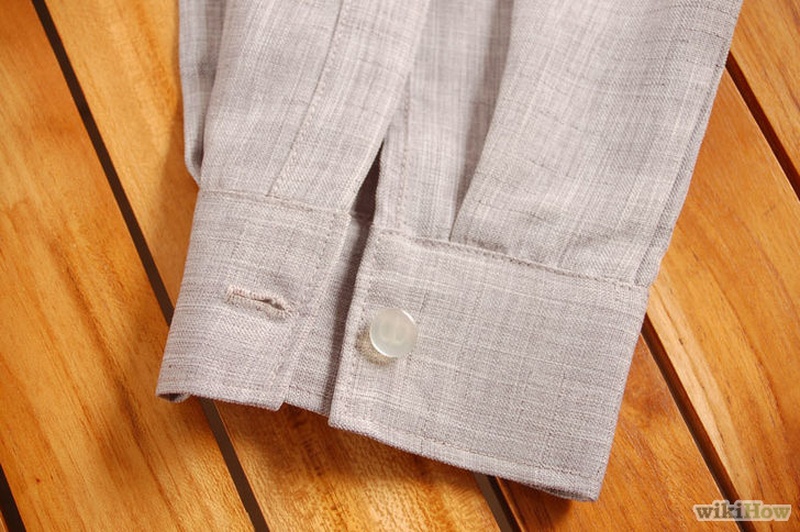"Mango? Mango? Mango?"
The scene that took place in front of me was quite unusual. It took me a few seconds to understand her:
A woman, with a huge question mark over her head, looking at me and saying: “Man-ga? Mango? Mango?".
At that moment, I realized that this would be a good opportunity to train my intuition – which was never “there” with these things. I started to raise hypotheses:
Despite her Japanese accent and her Japanese appearance, I deduced that this lady was not referring to comic books, manga . Because, in addition to being in a supermarket, she was pointing to a fruit counter.
I assumed she wanted my help, so I approached her. After she asked me if I knew how to speak English and I replied that my English was half-assed – waving my hand flat – I gestured for her to spill the beans.
Fortunately, her English was also half-assed; because I understood everything she told me: she wanted me to help her choose a mango that she could eat that same night.
Yes, maybe I would be useful to you. Besides the fact that I had sucked mangoes my whole life, this woman apparently knew nothing about the subject; because he was poking the softest and smelliest of mangoes.
I started working. The sign on the bench told me that these sleeves were the Tommy type. And there was Tommy in all colors – green, yellow and red.
The task would not be easy. I've sucked green-skinned, yellow-skinned and red-skinned mangoes. And they were all deliciously tasty. This is due to the fact that the color of a ripe mango depends on its type.
I thought about it: “Yeah... the yellow one looks good to me. The red one... um... yeah, the red one is... But... what about the green one, huh?”
I couldn't go wrong. The woman came from the other side of the world and would like to try a ripe mango. And from what I understand, we wouldn't get another chance. His plane would leave the next day, straight to Japan.
Luckily, my intuition saved me again. And she told me that the logic of the Tommy sleeve is not the same as that of traffic lights. Therefore, I should avoid the green ones, be careful with the yellow ones and advance the red ones. So, I grabbed the reddest one there was.
At that moment, the woman let out a small breath of relief. She seemed to agree with me. And what happened next, my dear reader, was indescribable:
The good woman, holding the fruit close to her chest, gave me several short bows with her head, and said to me:
“Obiri-gado! Obiri-gado! Obiri-gado!”
I went with the flow. I also bowed to him and said:
"You are welcome! You are welcome! You’re welcome!”–and, in the end, I gave him a thumbs up.
Later, at home, I was in doubt: could I have recommended a multicolored mango (with shades of green, yellow and red in the same fruit). At least some of its parts would be good.
Or, perhaps, suggested that she take one sleeve of each color. That way there would be no way to make a mistake and... um... but... Come to think of it, that might sound rude.
My doubt only came to an end after I watched some tutorials on the Internet: “How to know if a mango is ripe”.
Phew, I think I got it right.
I hope this woman is happy on the other side of the world. And let her tell her husband and children – in her fluent Japanese – that, back in Brazil, she wanted to try a fruit called mango. And that someone very willingly helped her choose the tastiest mango:
“The reddest, right!”
© 2016 Hudson Okada
Nima-kai Favorites
Each article submitted to this Nikkei Chronicles special series was eligible for selection as the community favorite. Thank you to everyone who voted!












